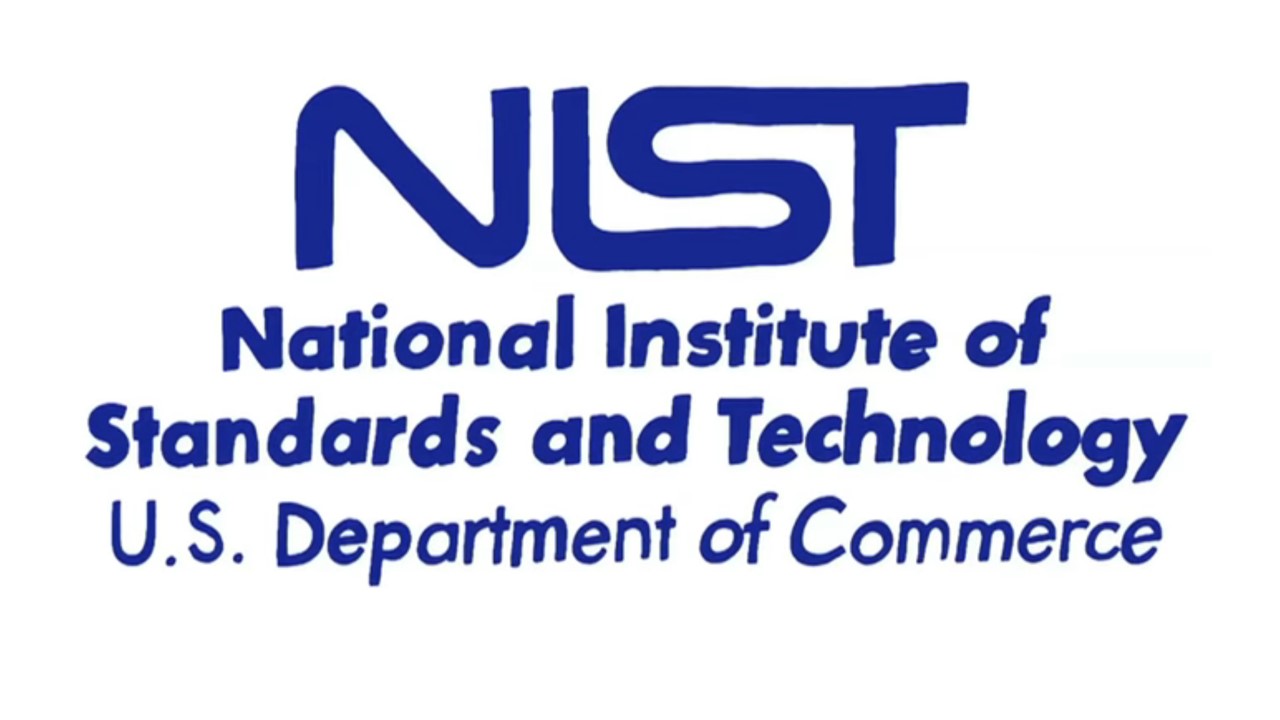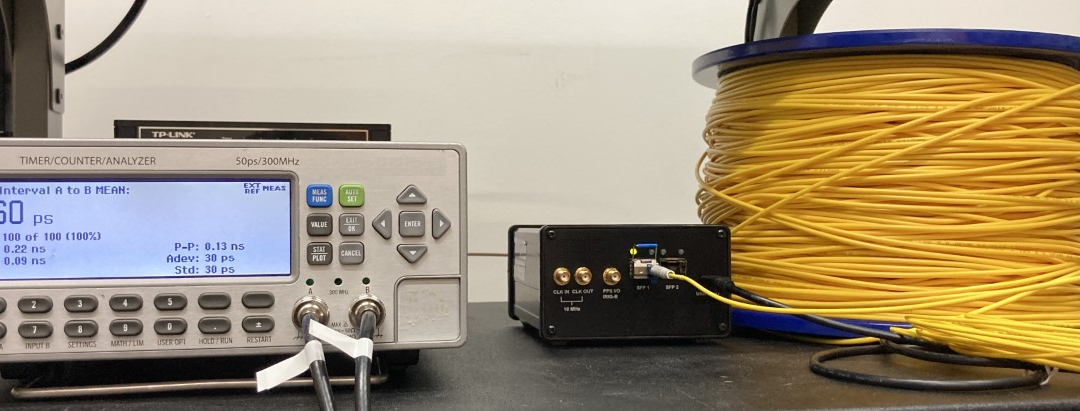Image: J. Sherman/NIST
Blog Editor’s Note: Good to see NIST weighing in on this issue.
The high level recommendation that the nation needs a coherent timing architecture that involves space, terrestrial broadcast, and fiber assets is consistent with numerous other findings and studies, including RNTF white papers.
A few notes:
- This paper only discusses/ recommends things for which NIST is already funded. To do otherwise would be to talk about funding and program needs that had not been approved. This would likely bring down the wrath of the Office of Management and Budget (OMB). Thus, for example, better use of existing 60KHz NIST time signals is recommended despite 100KHz being more of an international standard and the science and engineering for precise time transfer at that frequency being far more developed.
- There is discussion of Two Way Satellite Time Transfer i(TWSTT), but none of Two Way Low Frequency Time Transfer (TWLFTT). This terrestrial alternative could be employed with improvements to NIST’s existing LF radio systems, and should be an important part of a national architecture robust enough to weather disturbances in space.
- The paper also errs saying eLoran depends on GNSS. That has never been the case. Multiple nations have adopted eLoran as a terrestrial time signal specifically because it is entirely INDEPENDENT of GNSS.
- We also have to comment about the statement in the NIST post below that “A previous NIST-sponsored report estimated that the combined loss of GPS position, navigation and timing services would cost the U.S. economy at least $1 billion per day.” That does seem like a lot, until you run the numbers and realize that is less than a 2% reduction in GDP. We think GPS is WAY more important than that.
This report was issued at the same time as another that explored dependence on GPS time in stock markets, electrical grids, and telecommunications networks. One statement in this second paper particularly stands out:
“The impact of a long lasting, widespread GPS outage on mobile phone networks would likely be staggering.”
The paper does not define “long lasting,” but we are reliably informed it means “24 hours or more.”
Links to both papers are included in the NIST post below.


The nation should bolster research and development of systems that distribute accurate time via fiber-optic cable and radio as part of the effort to back up GPS and enhance the resilience of critical infrastructure that depends on it, according to a new report by the National Institute of Standards and Technology (NIST).
Many aspects of the U.S. economy and quality of life depend on accurate time, as detailed in a second, companion report. Time is a crucial underpinning of telecommunications networks, for example, as well as the power grid and stock markets, among other users.
The two reports are part of NIST’s response to the Feb. 12, 2020, Executive Order 13905, Strengthening National Resilience Through Responsible Use of Positioning, Navigation, and Timing Services.
The work was funded in part by the U.S. Department of Homeland Security, which commissioned NIST to “study and assess the ways in which Coordinated Universal Time (UTC) can be distributed to the public and private sector,” adding that the “performance of this distributed time should be precise enough to meet the requirements of critical infrastructure users.”
An overarching concern is the need for alternatives to GPS and other global navigation satellite system (GNSS) timing signals, which are vulnerable to both accidental and deliberate interference. A previous NIST-sponsored report estimated that the combined loss of GPS position, navigation and timing services would cost the U.S. economy at least $1 billion per day.
As longtime keepers of the U.S. civilian time standard, NIST staff members envision a resilient architecture for generating and distributing NIST’s version of Coordinated Universal Time as combining existing, emerging and proposed systems. The full development of a resilient architecture will require commitments by NIST, industrial partners, and other private and public organizations, the report notes.
“We are working hard to find new ways to support critical infrastructure systems with non-GNSS timing references to fulfill the Executive Order,” said Michael Lombardi, leader of NIST’s Time Realization and Distribution Group. “This is a continuous, multifaceted effort that involves our entire group. It focuses on improving the way that we realize time by strengthening the UTC(NIST) time scale to make it more robust. At the same time we are working to enhance our existing services and to develop new higher-accuracy services to distribute UTC(NIST) via optical fibers and via geostationary satellites.”
Recommendations include the following:
- Enhance the primary NIST time scale — an ensemble of atomic clocks — in Boulder, Colorado, and the secondary NIST time scales in Fort Collins, Colorado, and Gaithersburg, Maryland, by, for example, increasing the number of clocks and improving their performance and distribution capabilities.
- Explore additional uses of two-way satellite time and frequency transfer, which synchronizes clocks with high accuracy, using NIST’s new satellite service and perhaps conducting additional research to reduce the cost of ground stations and expand deployment.
- Conduct additional research on time distribution over optical fiber to determine the best way to integrate it into commercial networks, focusing on the capability to scale up to reach enough users to meet critical infrastructure needs.
- Encourage manufacturers to develop clocks that have the ability to automatically switch between multiple reference time scales, multiple signal sources, and multiple sources of network corrections, in order to achieve true fail-safe redundancy.
- Modernize NIST radio station WWVB, strengthen its long-term reliability, and encourage manufacturers of GNSS clocks to use the stable signal of WWVB as a frequency source.
- Improve the ability of GPS-dependent clocks to keep working during GPS outages and to detect and reject spoofed signals by modifying these clocks to accept NIST time codes broadcast via radio stations WWVB, WWV and WWVH or the Internet Time Service.
- Consider distributing NIST time through indirect sources, both public and private, such as the Satellite Time and Location service, which uses Iridium satellites, and resumption of discontinued eLoran radio navigation services.
Report: J.A. Sherman, L. Arissian, R.C. Brown, M.J. Deutch, E.A. Donley, V. Gerginov, J. Levine, G.K. Nelson, A.N. Novick, B.R. Patla, T.E. Parker, B.K. Stuhl, D.D. Sutton, J. Yao, W.C. Yates, V. Zhang and M.A. Lombardi. A Resilient Architecture for the Realization and Distribution of Coordinated Universal Time to Critical Infrastructure Systems in the United States. NIST Technical Note 2187. November 2021.
Report: M.A. Lombardi. An Evaluation of Dependencies of Critical Infrastructure Timing Systems on the Global Positioning System (GPS). NIST Technical Note 2189. November 2021.


